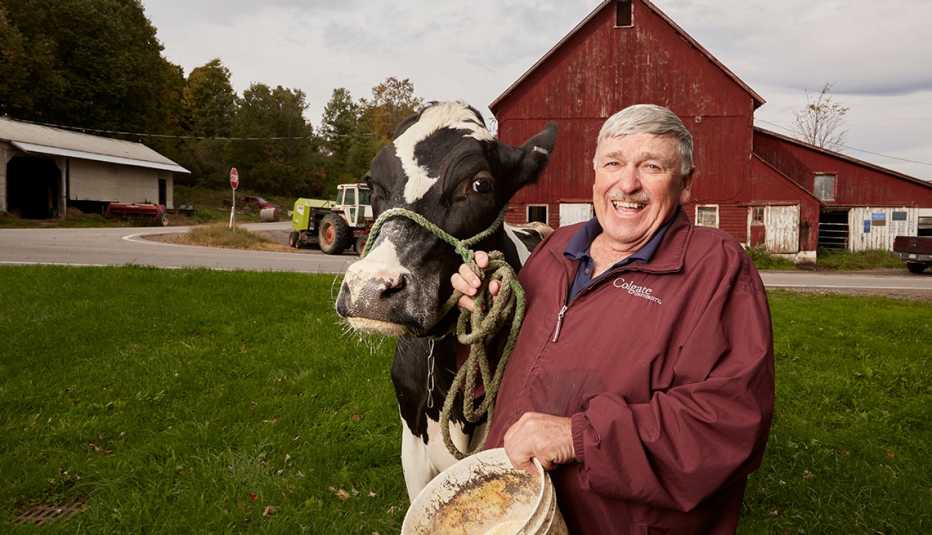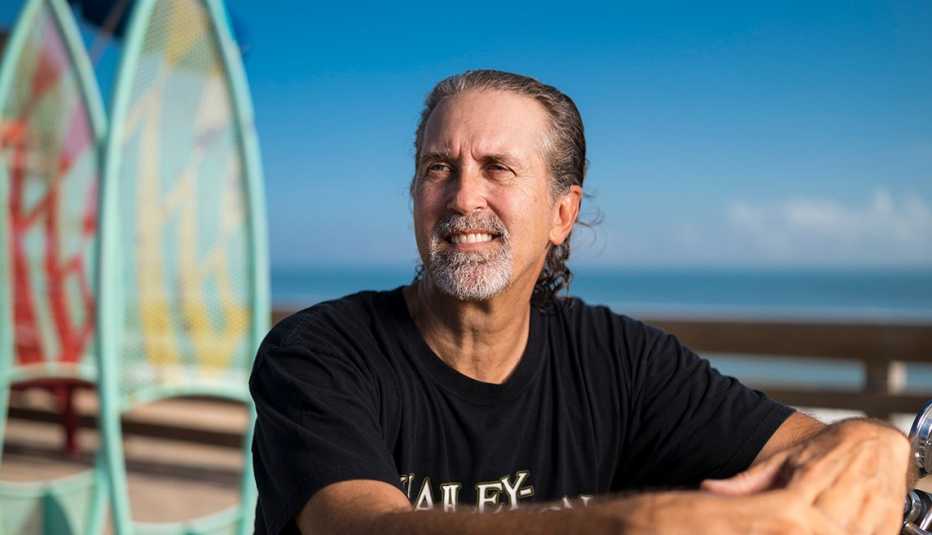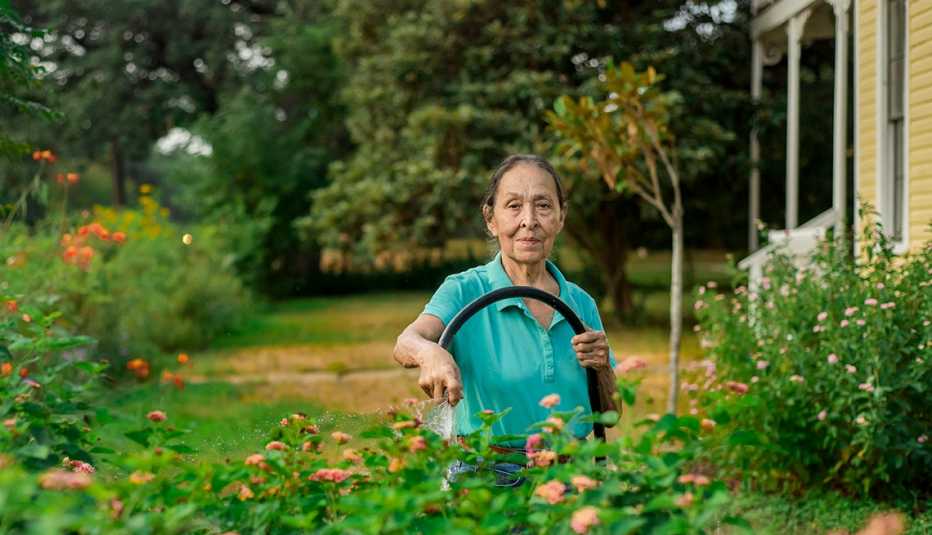Staying Fit
Social Security was never designed to be the sole source of income for older Americans. But in an era of disappearing pensions, dwindling savings and longer life spans, it has become the primary, and at times the only, financial lifeline for some. How well can one live on Social Security? That depends on where you live, how you live and other factors. Here is how some people do it.


AARP Membership— $12 for your first year when you sign up for Automatic Renewal
Get instant access to members-only products and hundreds of discounts, a free second membership, and a subscription to AARP the Magazine.


“It Keeps Us Going”
DeWitt and Diane Head, Hubbardsville, N.Y.
DeWitt Head, 77, and his wife, Diane, 73, have spent most of their 54-year marriage milking cows together and raising prize-winning Holsteins, as well as five children. Dairy farming has been a good life, says DeWitt, a fifth-generation farmer. “It keeps the family close.” DeWitt and Diane still live near the 900 acres first purchased by DeWitt’s great-grandfather in 1904. The couple farmed that land for decades, but at age 60, when he was still milking a hundred cows three times a day, DeWitt developed heart disease. He had to sell his herd and some of his land and pass the operation to one of his sons. “I started taking Social Security at 62, because I was told I would die. But I proved them wrong,” says DeWitt.
The Heads receive a combined Social Security payment of around $1,000 a month. “We’re farmers. We never made a lot of money.” But the income “keeps us going,” DeWitt says. “Most of my friends get more, but they waited longer.” After his heart trouble and his quasi retirement from dairy farming, DeWitt worked at a golf course and drove a school bus. But at 72, he was persuaded by Diane to retire. “She said it’s time to slow down.” DeWitt says he’s thankful for Social Security and hopes the safety net is there for the next generation. “The politicians shouldn’t touch it."


“I’m at peace”
Mae Gillespie, Roanoke, Va.
Mae Gillespie has a good head for numbers. In her youth, she earned a college degree in business and went on to bookkeeping and other financial jobs. All of that experience has helped the 84-year-old live comfortably on the $1,101 she receives monthly from Social Security. “I’ve never had any problem, but I do know how to work a budget,” says Gillespie, who lives in a one-bedroom apartment in a quiet, tree-shaded federally subsidized complex for residents 62 and older. Gillespie contracted multiple sclerosis at age 22, but she never let it keep her from working, she says. She moved to Roanoke more than 15 years ago to be close to her daughter and son-in-law. She spends about $220 a month on groceries and manages to tithe to her church after paying for rent, utilities, telephone, supplemental health insurance and a medical alert device.





































































More on retirement
Social Security, Retirement, Social Security Benefits
Visit AARP to find the social security news, information on benefits, strategies, guides, quizzes and more.Recommended for You